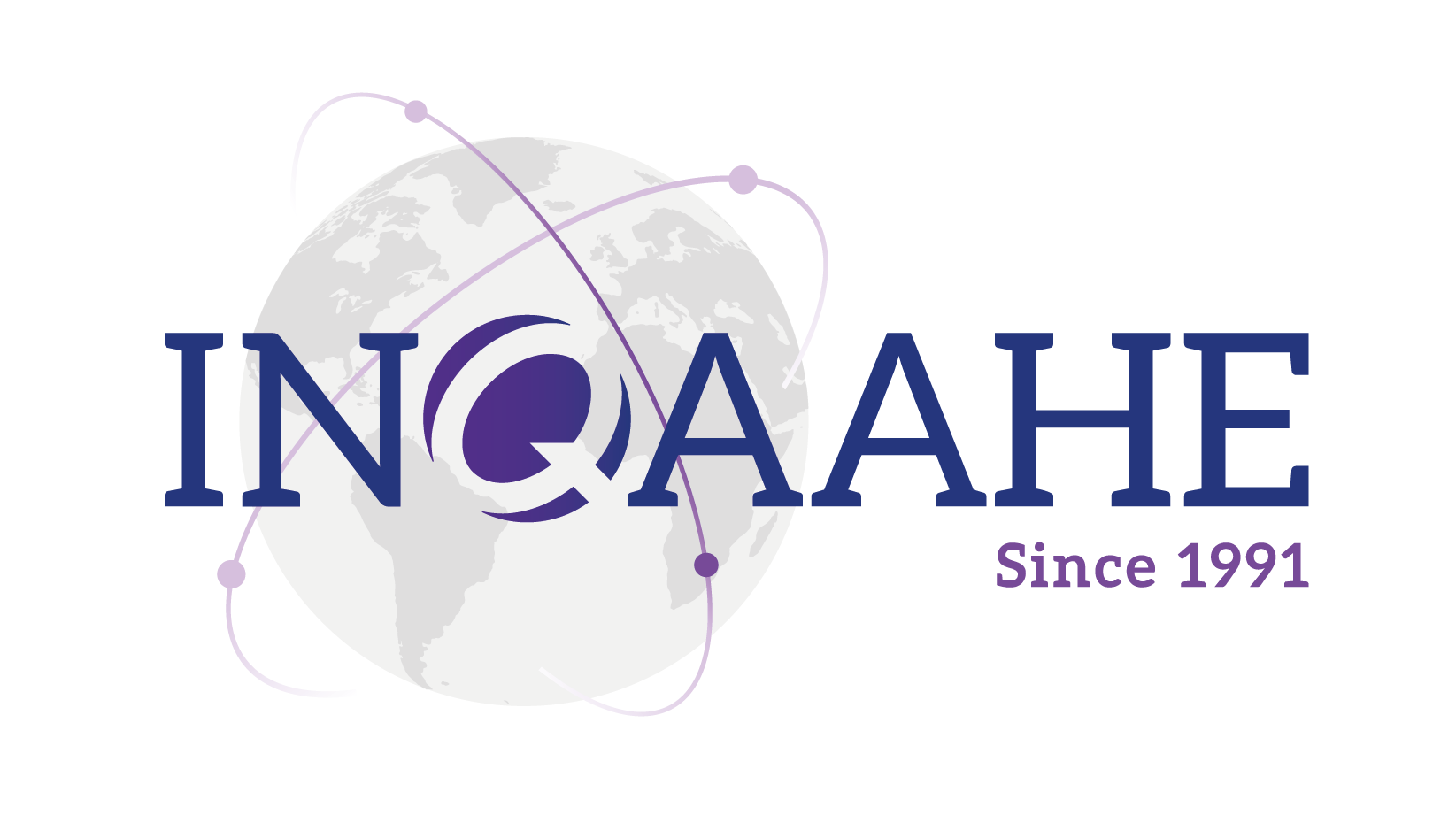PINNAWELA ELEPHANT ORPHANAGE

The Pinnawala Elephant Orphanage is situated northwest of the town of Kegalle. It was established in 1975 by the Sri Lanka Wildlife Department in a 25 acre coconut property adjoining the Maha Oya River. The orphanage was originally founded in order to afford care and protection to the many orphaned Elephants found in the jungles of Sri Lanka.
In 1978 the orphanage was taken over by the National Zoological Gardens from the Department of Wildlife. A captive breeding program was launched in 1982. Since the inception of the program over 20 elephants have been bred here. The aim of the orphanage is to simulate a natural habitat to the elephants. However, there are some exceptions: the elephants are taken to the river twice a day for a bath, and all the babies less than three years of age are still bottle fed by the mahouts and volunteers.
Each animal is also given around 76 kg of green matter a day and around 2 kg from a food bag containing rice bran and maize. The orphanage which boasts to have the largest herd of captive elephants in the world is very popular and visited daily by many Sri Lankan and foreign tourists. The main attraction is clearly to observe the elephants bathing which is quite a spectacle.
Location
Pinnawala (Pinnawela) Elephant Orphanage is located in the village Pinnawala in the district of Kegalle at a distance of 90km from Colombo.
Reaching Pinnawala (Pinnawela) Elephant Orphanage
Pinnawala (Pinnawela) Elephant Orphanage can be reached via the A1 Colombo – Kandy main road. A turn off at the 82 km post at Kegalle leads you to the Pinnawala Elephant Orphanage. The closest railway station is at Rambukkana 2km away from the village of Pinnawala.
Source: lanka.com
KELANIYA RAJA MAHA VIHARAYA

Kelaniya Temple is located in the city of Kelaniya, 12km east of the city of Colombo.
Reaching Kelaniya Temple- Kelaniya Temple can be reached by A1 main motor road running from Colombo to Kandy and by railway.
The sanctity of the Kelaniya Temple and the site
Kelaniya Temple built on the banks of the Kelaniya River is one of the most sacred sites of Sri Lanka. It is believed Buddha together with 500 Arahats (Supremely enlightened beings) visited Kelaniya on the Wesek day of the Buddhist Era 2531 and expounding of the Dhamma, the Buddhist doctrine to the inhabitants of the island.
Buddha’s timely visit to the island resulted in quelling an imminent war between two kings named Chulodara and Mahodara over a jewel–encrusted throne. Buddha having preached the doctrine on the disputed throne offered to him ensued lasting peace between the two kings. The great stupa built upon the site enshrining the throne was since then called Kelaniya Raja Maha Vihara.
History of Kelaniya Temple
Kelaniya Temple believed to have been built in the era prior to the chronologically recorded history of Sir Lanka (since 543 B.C) was renovated by Prince Uttiya, brother of King Devanampiyatissa following the arrival Arahat Mahinda in 307 BC. According to the Mahawansa, King Devanampiyatissa’s brother Uttiya renovated the vihara for the first time. Prince Uttiya also built the first ever residential quarters of the Buddhist monks (Sanghawasa) there.
The ancient temple was destroyed time and again by the Dravidian invaders from Southern India. Each time the temple had been reconstructed. The medieval temple was destroyed by the Portuguese in 1510 yet reconstructed by King Kirthi Sri Rajasingha in the year 1967. New Temple was initiated in 1927 and completed in 1946 under the patronage of philanthropist Mrs. Helena Wijewardene.
The Bo tree and the court yard at the Kelaniya Temple
The entrance to the temple yard is over the park across the main street. The arched grill gate opens up to the lower terrace of the temple yard. The lower terrace leads four sets of flight of steps in four directions to the Upper terrace which features the Image House, Dagaba and the Bo Tree with other buildings.
Source: lanka.com
After much debate and discussion in the local organizing committee it was decided that the conference tour site would be changed from Sigiriya to the Elephant Orphanage at Pinnawela due to difficulties in logistics with Sigiriya.

